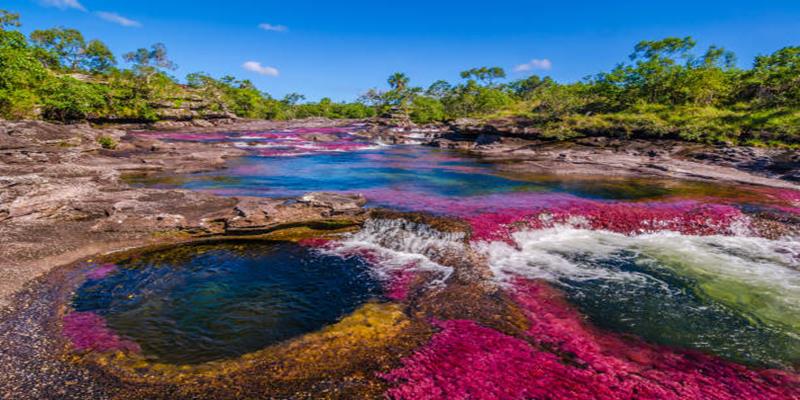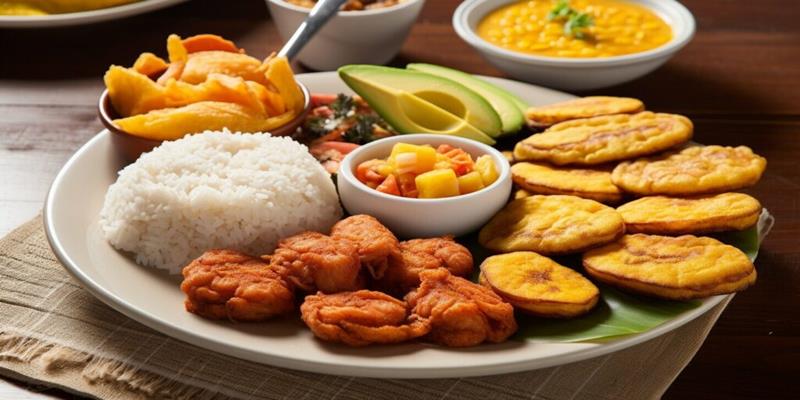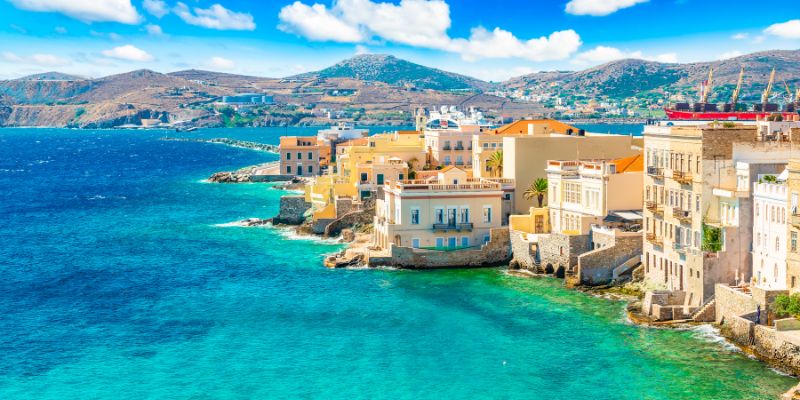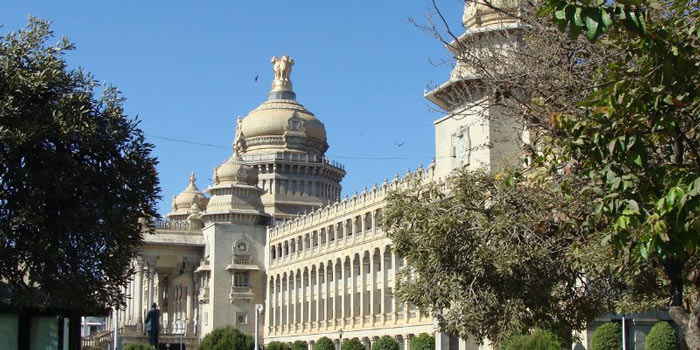Introduction
Colombia, a country nestled in the northern tip of South America, is often celebrated for its high-quality coffee that delights taste buds worldwide. However, pigeoning this vibrant nation into a single narrative is a great disservice. Colombia is a tapestry of colors, flavors, and sounds, where every corner holds a new adventure, and its people's warmth is as inviting as its sunny skies. This blog aims to peel back the layers of Colombia's coffee reputation to reveal the rich, diverse culture and breathtaking landscapes that make the country unique.
Colombia's Vibrant Culture
Colombia's culture is a pulsating mix of indigenous, African, and Spanish influences, each adding flavor to its traditions, music, and festivals. The streets of Colombia are alive with music, from the soulful strains of vallenato and cumbia to the energetic beats of salsa that invite everyone to dance. Cities like Cali, known as the salsa capital of the world, offer a glimpse into Colombia's love affair with dance, where the rhythm seems to flow through the veins of its inhabitants.
Festivals in Colombia are a spectacle of color and joy, embodying the country's spirit of celebration. The Carnival of Barranquilla, for example, is a UNESCO-recognized event that showcases a dazzling array of costumes, dances, and music, drawing visitors from all corners of the globe. These celebrations are not just fun; they are a window into Colombia's soul, a way to understand the resilience and joy of its people who have overcome challenges to embrace life with open arms.
Colombia's Stunning Landscapes

Beyond the coffee plantations, Colombia's geography is as diverse as its culture. From the lush Amazon rainforest in the south to the breathtaking beaches of the Caribbean and Pacific coasts, the country offers landscapes that captivate and inspire. The Andes mountain range cuts through Colombia, creating stunning valleys and high-altitude cities like Bogot and Medelln, where the air is crisp and the views are spectacular.
Nature lovers are drawn to Colombia's natural wonders, such as the Cocora Valley, home to the towering wax palm trees, the national tree of Colombia. These palms can reach up to 60 meters, creating a surreal landscape that feels like stepping into a fairy tale. Meanwhile, the Cao Cristales River, known as the "liquid rainbow," showcases nature's artistry with its vibrant hues of red, yellow, green, and blue, a phenomenon caused by aquatic plants that bloom at certain times of the year.
Colombia's Rich History
Colombia's history is a tapestry woven with the threads of ancient civilizations, colonial conquests, and the struggle for independence. The remnants of the past are scattered throughout the country, from the mysterious statues of San Agustn to the lost city of Ciudad Perdida, which predates Machu Picchu by several centuries. These archaeological sites offer a glimpse into the lives of the people who once thrived in these lands, their cultures, and their achievements.
The colonial era left its mark on Colombia through majestic cathedrals, cobbled streets, and vibrant plazas that define the historic centers of cities like Cartagena, Popayn, and Santa Marta. These cities are beautiful narratives in stone and mortar, telling stories of conquest and resilience. Walking through their historic districts is like stepping back in time, where every building and every street has a story.
Colombia's Culinary Delights
Colombian cuisine is a feast for the senses, reflecting the country's diverse landscapes and cultural heritage. Each area offers unique flavors and dishes from the coastal regions to the Andean highlands. In coastal cities like Cartagena and Barranquilla, seafood is king, with dishes like ceviche and Arroz de coco (coconut rice) capturing the essence of the Caribbean. Meanwhile, The Pacific coast offers distinct flavors, emphasizing Afro-Colombian dishes that are rich, hearty, and full of soul.

In the interior, the cuisine shifts to reflect the country's agricultural bounty. Bogot and Medelln serve hearty meals like ajiaco (a chicken and potato soup) and bandeja paisa (a platter with beans, rice, pork, avocado, and more), designed to warm and satisfy. Street food also plays a vital role in Colombia's culinary landscape, with arepas (corn cakes), empanadas, and fresh fruit juices available at every turn. These dishes are not just food; they unite people, celebrating Colombia's agricultural wealth and culinary traditions.
Exploring Colombia's culinary delights reveals much about the country's identity, showcasing its land's richness and people's creativity. It's a testament to the fact that Colombia offers experiences far beyond the coffee for which it's famous, inviting visitors and locals alike to savor its diverse flavors.
Innovation and Progress: Colombia's Forward-Thinking Cities
Colombia has recently emerged as a beacon of innovation and progress in Latin America, with its cities at the forefront of this transformation. Medelln, once notorious for its challenges in the 1990s, has reinvented itself as a hub of creativity, technology, and social innovation. The city's transformation is evident in its modern metro system, cable cars that connect previously isolated neighborhoods, and the development of the Medelln Innovation District, which fosters collaboration between universities, companies, and government to drive economic and social development.
Bogot, the capital, is not far behind in its pursuit of progress. The city has made significant strides in urban sustainability, with initiatives like the Ciclova, where major streets are closed to cars every Sunday and public holidays to encourage cycling and walking. Bogot's investment in green spaces, public transport, and cultural centers reflects a commitment to improving the quality of life for its residents while preserving its rich cultural heritage.
Conclusion
This blog has introduced readers to Colombia's vibrant culture, stunning landscapes, and rich history, moving beyond its reputation for coffee to showcase the country's true diversity and beauty. In the following section, we will continue to explore other aspects of Colombia that contribute to its unique character, including its culinary delights, innovative spirit, and the warmth of its people.





